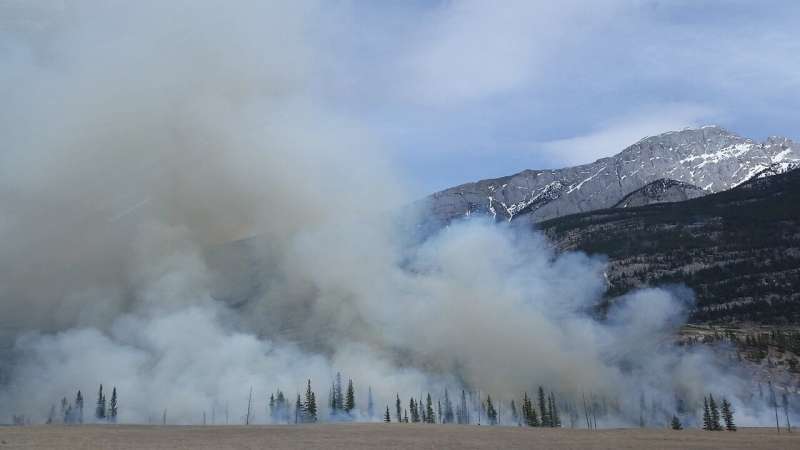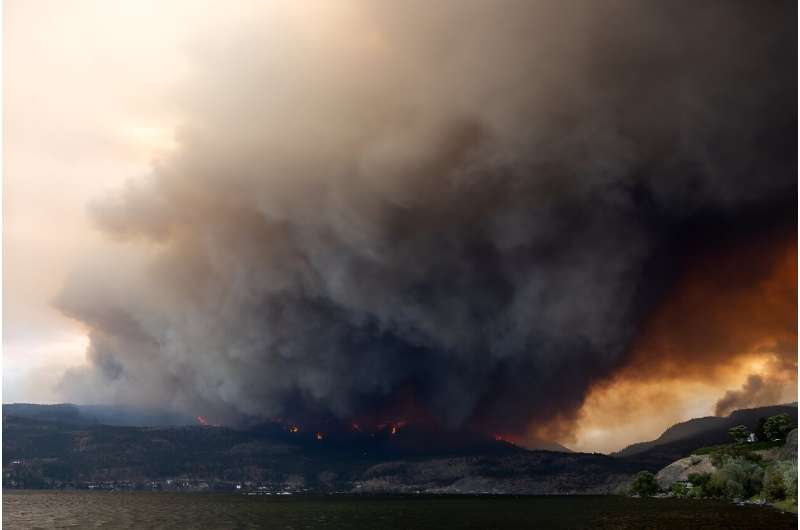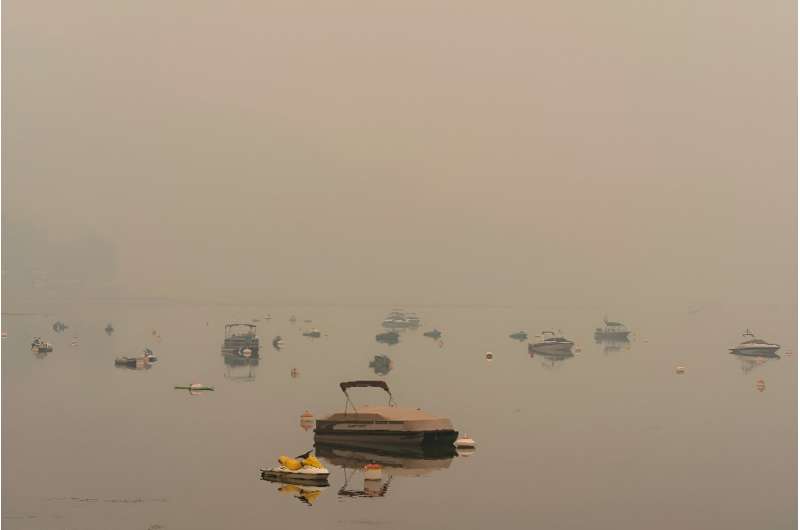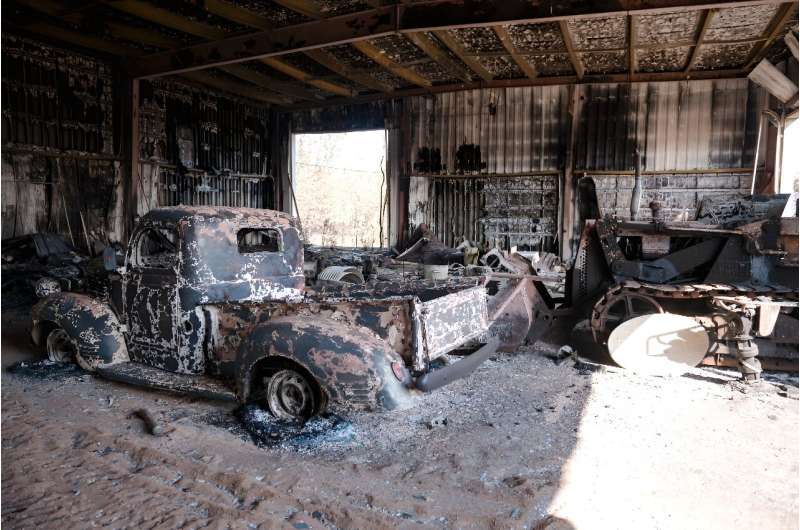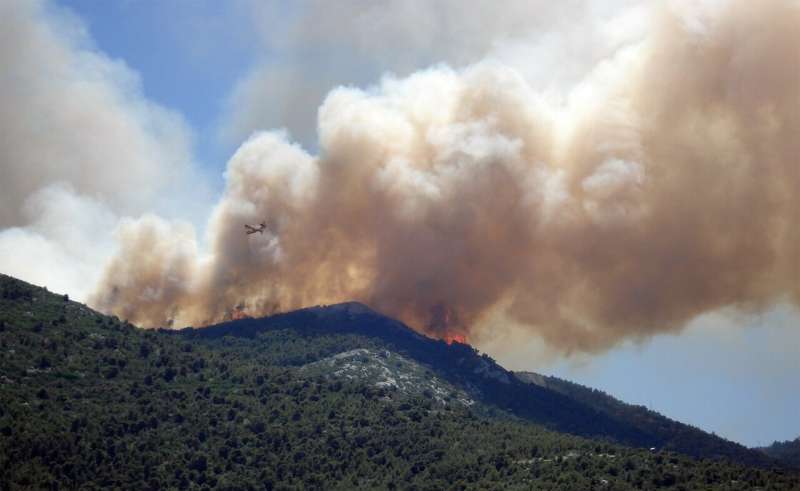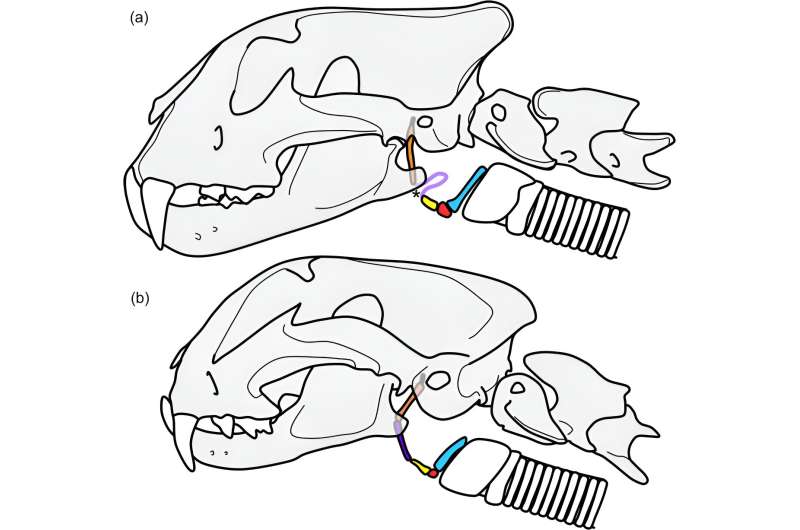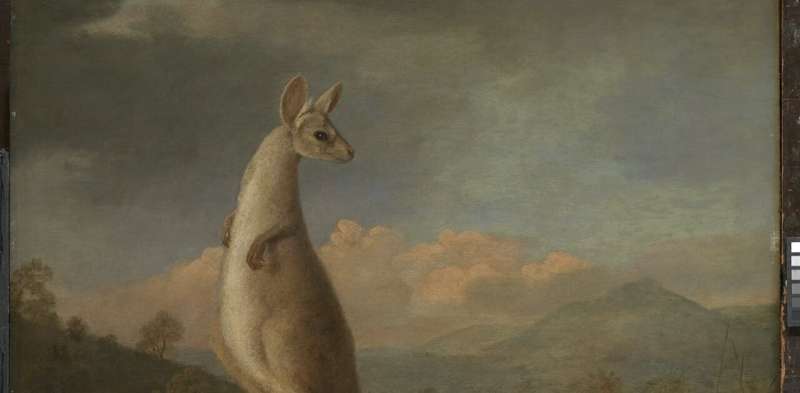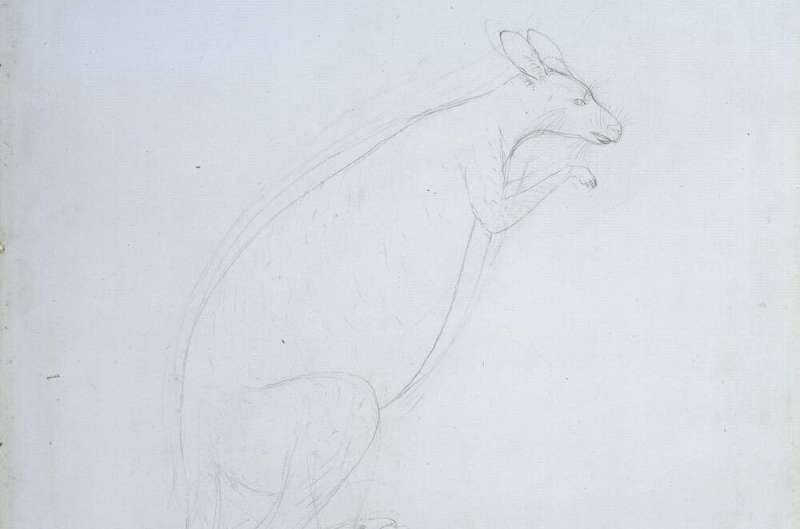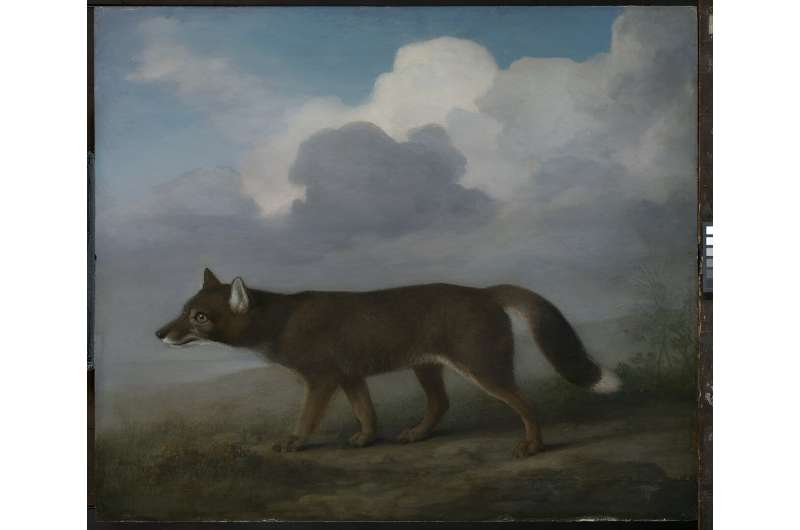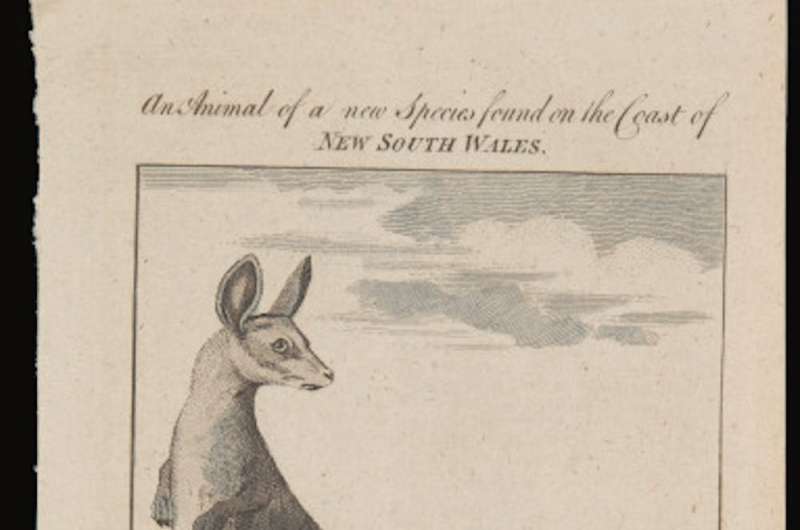Identifying fire victims through DNA analysis: A geneticist explains what forensics is learning from archaeology

Fire devastates communities and families, and it makes identification of victims challenging. In the aftermath of the wildfire that swept through Lahaina, Hawaii, officials are collecting DNA samples from relatives of missing persons in the hope that this can aid in identifying those who died in the fire.
But how well does DNA hold up under such extreme conditions, and what is the best way to recover DNA from fire victims?
I am an anthropological geneticist who studies degraded DNA in archaeological and forensic contexts. My research group applies ancient DNA and forensic analysis methods to optimize DNA recovery from burned bones. Retrieving DNA from severely burned remains in order to identify victims is a particular challenge.
Forensic DNA analysis
In a typical forensic investigation, DNA is extracted from a sample—whether some blood, pieces of tissue or bone—collected from the scene of the disaster or crime. This process chemically separates the DNA from other components of cells within the sample, such as proteins, and purifies it.
This DNA is used as a template for polymerase chain reaction, or PCR, analysis, a method that is essentially the Xerox copier of molecular biology. Even if there are only a few cells present in the sample, PCR can amplify those DNA molecules into thousands or millions of copies. This creates a sufficient amount of DNA for subsequent tests.
In forensics, the specific DNA targeted in PCR is usually a set of highly repetitive markers called microsatellites, or short tandem repeats. Law enforcement agencies around the world use specific sets of these markers for identification purposes. In the U.S., forensic analysts target 20 of these DNA repeats. Each person has two unique alleles, or genetic variants, at each of these markers, and these alleles are uploaded to the FBI's Combined DNA Index System database to identify matches.
DNA taken from the relatives of missing people will likely be analyzed for short tandem repeat markers and their allele profiles uploaded to the Relatives of Missing Persons index within the database. The expectation is that victims and their biological relatives share a percentage of alleles for these markers. For example, parents and children share 50% of their alleles, since a child inherits half of their DNA from each parent.
Challenge of degraded DNA
In forensic contexts, the time between death and DNA sampling is usually short enough that the DNA is often still in fairly good shape, both in terms of quantity and quality. However, DNA is often not found in ideal conditions after a disaster.
Time and the elements take their toll. After death, the process of decomposition releases enzymes that can cleave or damage DNA, and additional damage occurs over time depending on the environment in which the body is found. DNA also degrades faster in warm, wet, acidic environments and slower in colder, drier environments that are more pH neutral or slightly basic.
In addition, DNA preservation may vary considerably among the tissues, bones and teeth recovered. For example, researchers found that DNA identification of victims of the World Trade Center attacks in 2001 was most successful when using bones of the feet and legs, compared with bones from the head and torso.
DNA damage can take different forms. Nicks and breaks in the DNA make it difficult to analyze. Chemical modification of the DNA can result in changes to the original sequence or make it unreadable. This includes changes to the building blocks of DNA called nucleotides that make up an identifiable sequence. For example, exposure to water can cause a chemical reaction called deamination that changes the nucleotide cytosine such that it appears to be the nucleotide thymine upon analysis. Exposures to other chemicals or UV light can cause cross-linking, which essentially ties the DNA into knots. As a result, the PCR enzymes used to copy or read the DNA sequence can't move linearly along the DNA strand.
Applying methods from archaeology
Researchers encounter similar issues in handling degraded genetic material when analyzing the DNA of ancient remains that are thousands of years old. To address these challenges, forensic geneticists and ancient DNA researchers like me employ a number of tricks to optimize DNA retrieval.
First, we tend to target dense bone or teeth for sampling, since they are more impervious to the environment. We also use DNA extraction methods that enhance the recovery of short fragments of DNA.
Second, we use PCR to amplify even shorter genetic markers, including mini-short tandem repeats, or sections of the mitochondrial genome. Mitochondria are structures within each cell that produce energy, and each one has its own DNA. Mitochondrial DNA is passed down from mother to child and can be found in hundreds of copies within each mitochondrion, which make it easier to recover and analyze. However, mitochondrial DNA may not provide sufficient information for identification, since people who are maternally related, even very distantly, will share the same sequence.
Researchers are also testing newer methods of DNA analysis common in the ancient DNA field for forensic purposes. For example, special enzymes can remove chemically modified nucleotides, such as deaminated cytosines, to prevent misreading of the DNA sequence. Researchers can also use DNA baits to "fish" for specific sequences. This method of targeted enrichment can recover very small fragments that can be used to piece together the full genetic sequence.
DNA analysis of burned remains
For fire victims, particularly those caught in intense, extended fires, the DNA may be highly fragmented, making analysis difficult. High temperatures cause bonds between molecules, including nucleotides, to break. This results in fragmentation and ultimately destruction of the DNA.
Because hard tissue—bones and teeth—are often all that remains after a fire, forensic researchers have studied how bone characteristics such as color and composition change with temperature. My research team used this information to classify the level of burning that human bone samples have been subjected to.
In investigating DNA preservation in those samples, we found that there is a significant point of DNA degradation when bones reached temperatures between 662° Fahrenheit (350° Celsius) and 1,022°F (550°C). For comparison, commercial cremation is 1,400°F to 1,600°F (760°C to 871°C) for 30 to 120 minutes, and vehicle fires typically reach 1,652°F (900°C) but can last a shorter period of time.
Our team also found that the likelihood of generating high-quality short tandem repeat data or mitochondrial DNA sequence data, whether using forensic or ancient DNA methods, decreases significantly at temperatures greater than 1,022°F (550°C).
In sum, as temperature and exposure time increase, the amount of remaining DNA decreases. This leads to only partial DNA profiles, which can limit analysts' ability to match a victim to a relative with high statistical certainty or prevent results altogether.
DNA evidence is not the only method used for identification. Investigators combine DNA with other evidence—such as dental, skeletal and contextual information—to identify a victim conclusively. Together, this information hopefully will help bring closure for families and friends.
This article is republished from The Conversation under a Creative Commons license. Read the original article.![]()
The Idaho student homicides and forensic genetics
AUGUST 21, 2023
